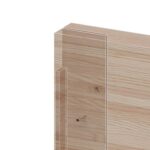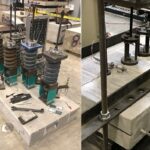We just released our updated Wood Construction Connectors catalog (C-C-2024) which features our product line that has a legacy that started in 1956. This year’s 372-page version begins with a colorful, attention-grabbing cover design and is packed inside with all the technical details that help people build safer, stronger structures. This blog is Part II of a two-part series highlighting this new catalog and the solutions inside it.
First, I’d like to start with a little trivia. To celebrate our new Wood Construction Connectors catalog, we took a stroll down memory lane, dusting off more than half a century of connector catalog covers. Our company was founded in 1956 by Barclay Simpson and the very first catalog appeared in 1957. Customers have been eagerly anticipating each new version ever since.
I know that anticipation firsthand. Before I joined Simpson 17 years ago, I was one of the structural engineers excited to go through each new catalog to discover what innovative new products were coming out. I could always rely upon them to solve issues in the design and construction of structures I was working on.
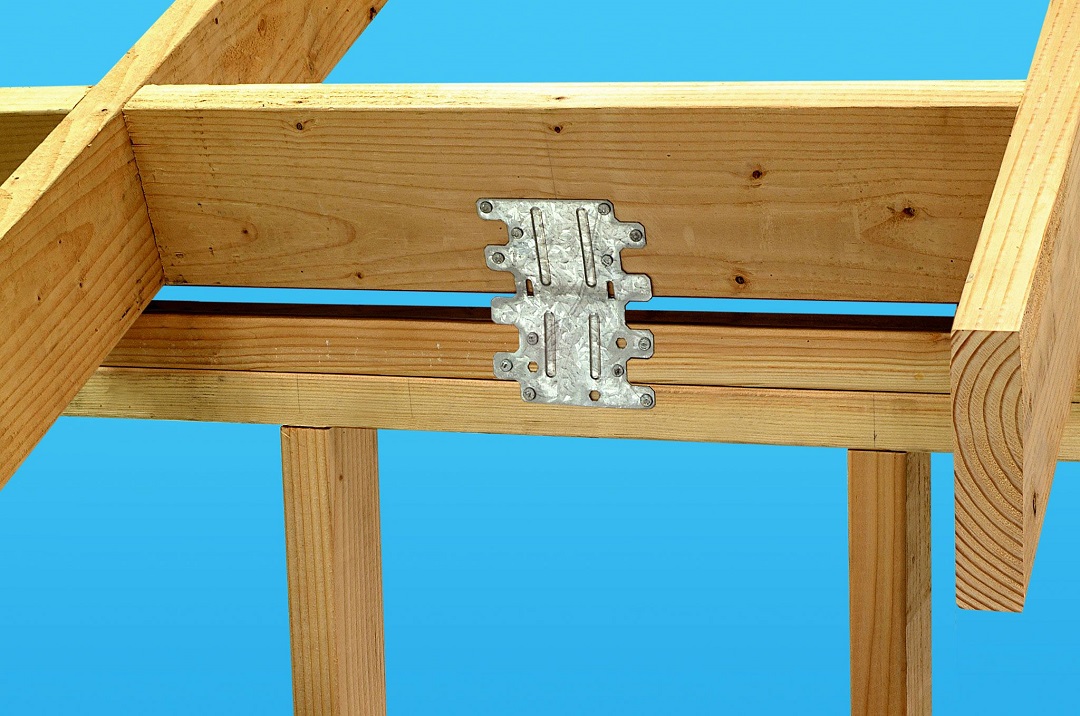
One quick example was when the RBC – or roof boundary clip – was brand new. We had been having inspection issues brought up by the county when using A35 clips to attach blocking between trusses to wall top plates when there was a gap between the blocking and the top plate. Simpson found out about this issue and designed the RBC to allow for that gap and still transfer shear – solving the problem for many engineers and builders.
It’s a full circle moment as I get to be the one to now share our new catalog with everyone. The first blog in this series introduced our newest product offerings in C-C-2024. In this post, I’m sharing products we’ve discontinued and replaced with new solutions, and then will highlight a few improvements we’ve made to this year’s edition.
Discontinued Products
We are committed to innovation in structural connectors to meet evolving customer needs. When our older products become obsolete due to a change in the building code or methods of construction, we want to highlight our newer products as a replacement. In this catalog, we are discontinuing six product series:
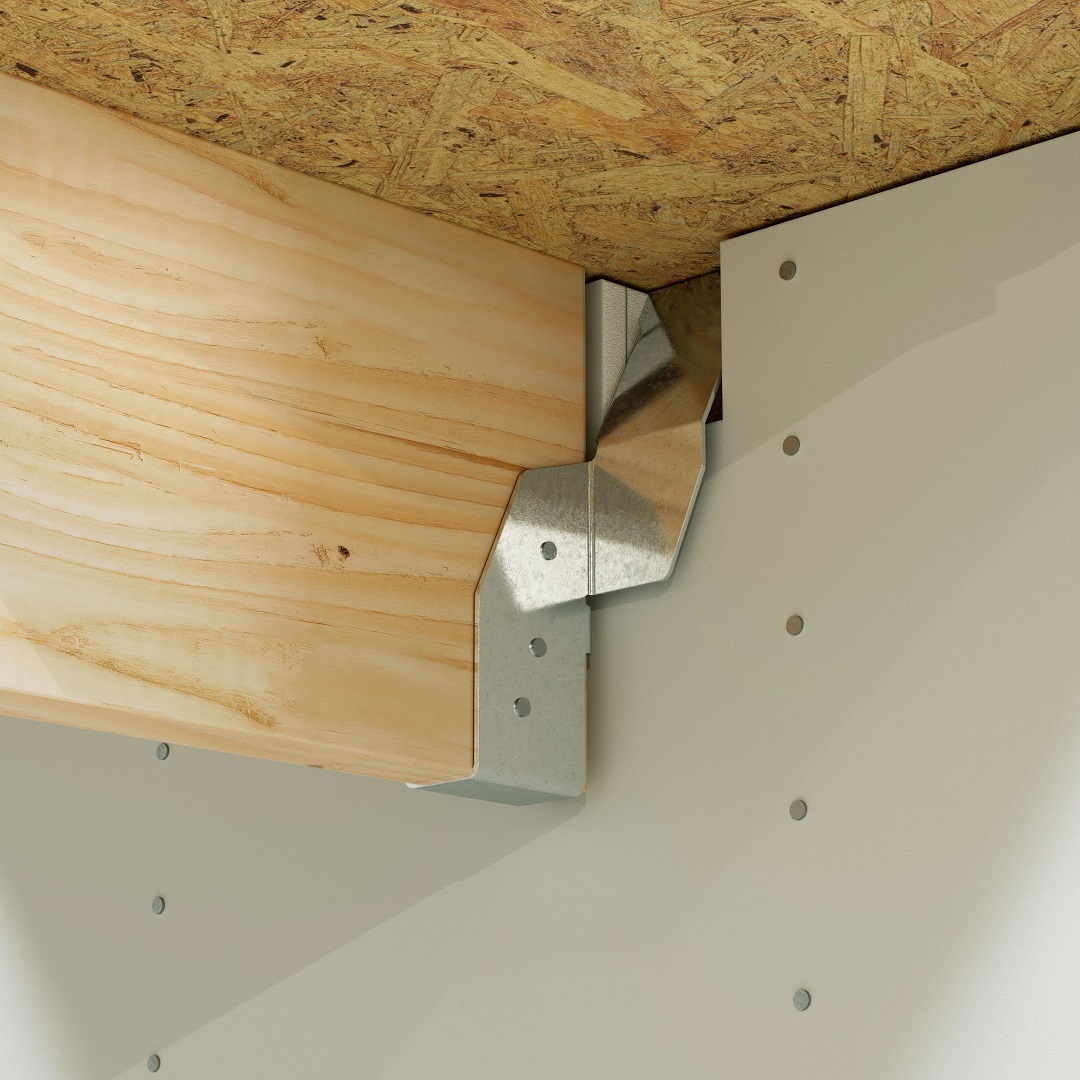
- The DGF fire wall hanger series has been completely replaced with the new DGT/DGHT fire wall hanger line. The DGT and DGHT line reduces the number of SKUs while covering the same number of joist/truss sizes. They are ideal for Type III multi-family construction with a two-hour fire rating, code listing, and can be installed with 1 ½” and 2 ½” power-driven or hand-installed nails. We have this engineering letter to help you update your specifications from the DGF to the DGT series of hangers.
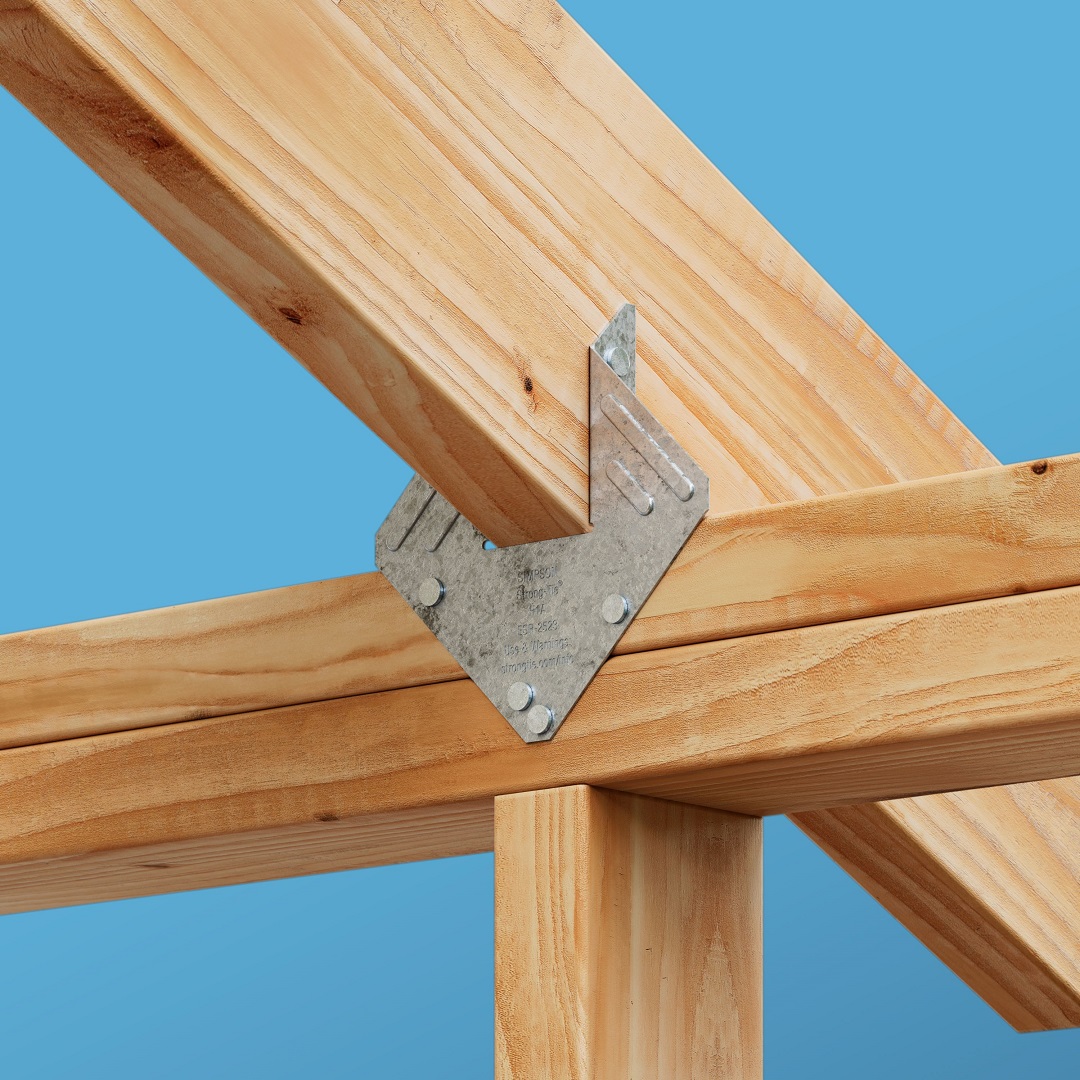
- The H1 hurricane tie has been replaced by the next-generation H1A hurricane tie, designed for nominal 2x lumber and suitable for roof truss, rafter, pergola or deck attachments. It offers an improved fastener pattern that increases allowable uplift and F2 lateral loads. It installs with only a single nail size and fewer nails overall than the previous model.
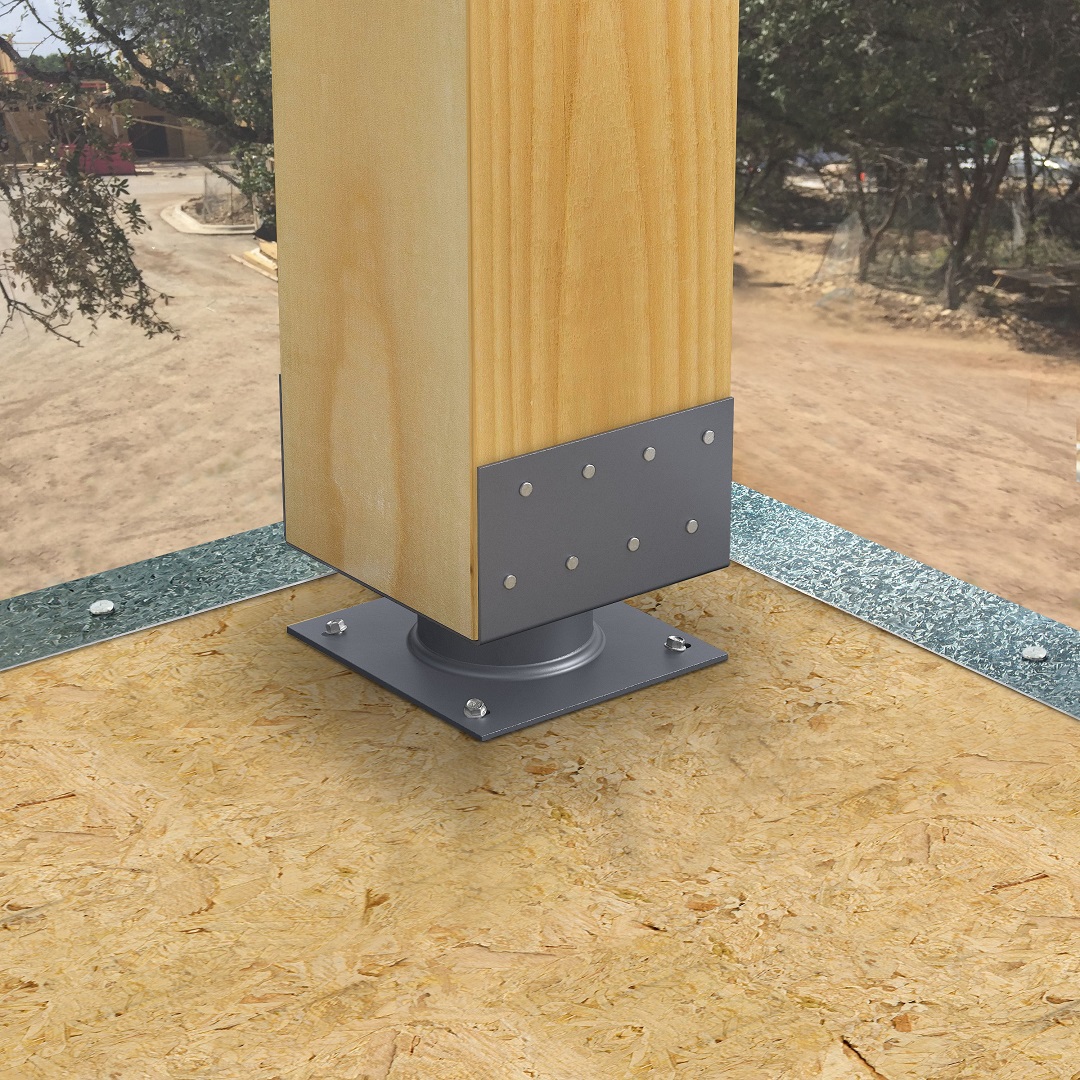
- The ECBQ elevated column base, mainly available in the country’s Southeast region, has been replaced by the ECB, which was designed with multi-story stacked balconies in mind. It features a 2″ standoff, providing enough room for a moisture barrier and thin finish surface to be poured over the balcony framing while still allowing for a 1″ standoff to prevent post decay.
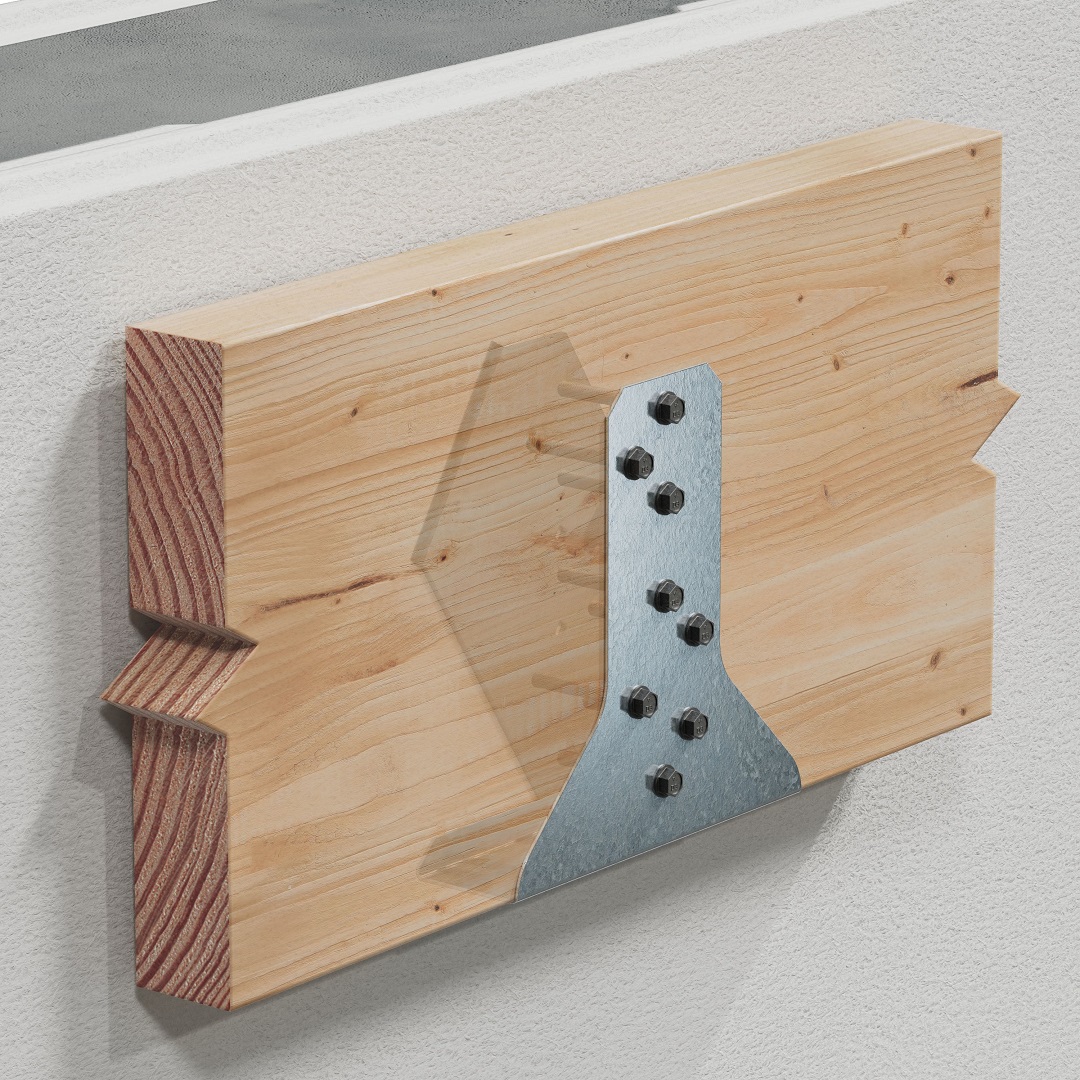
- The ICFVL ledger connector has been discontinued. The new ICFVL6 and ICFVL8 ICFVL ledger connectors solve the challenges of mounting wood or steel ledgers to insulated concrete form (ICF) walls and the two new models allow for insulated concrete form (ICF) walls up to 3-¼” or up to 4-½” in thickness, respectively. As with the previous ICFVL, in wood ledger applications the ICFVL-W is required for 2x ledgers, and the ICFVL-CW is needed for 1 3/4″ LVL ledgers.
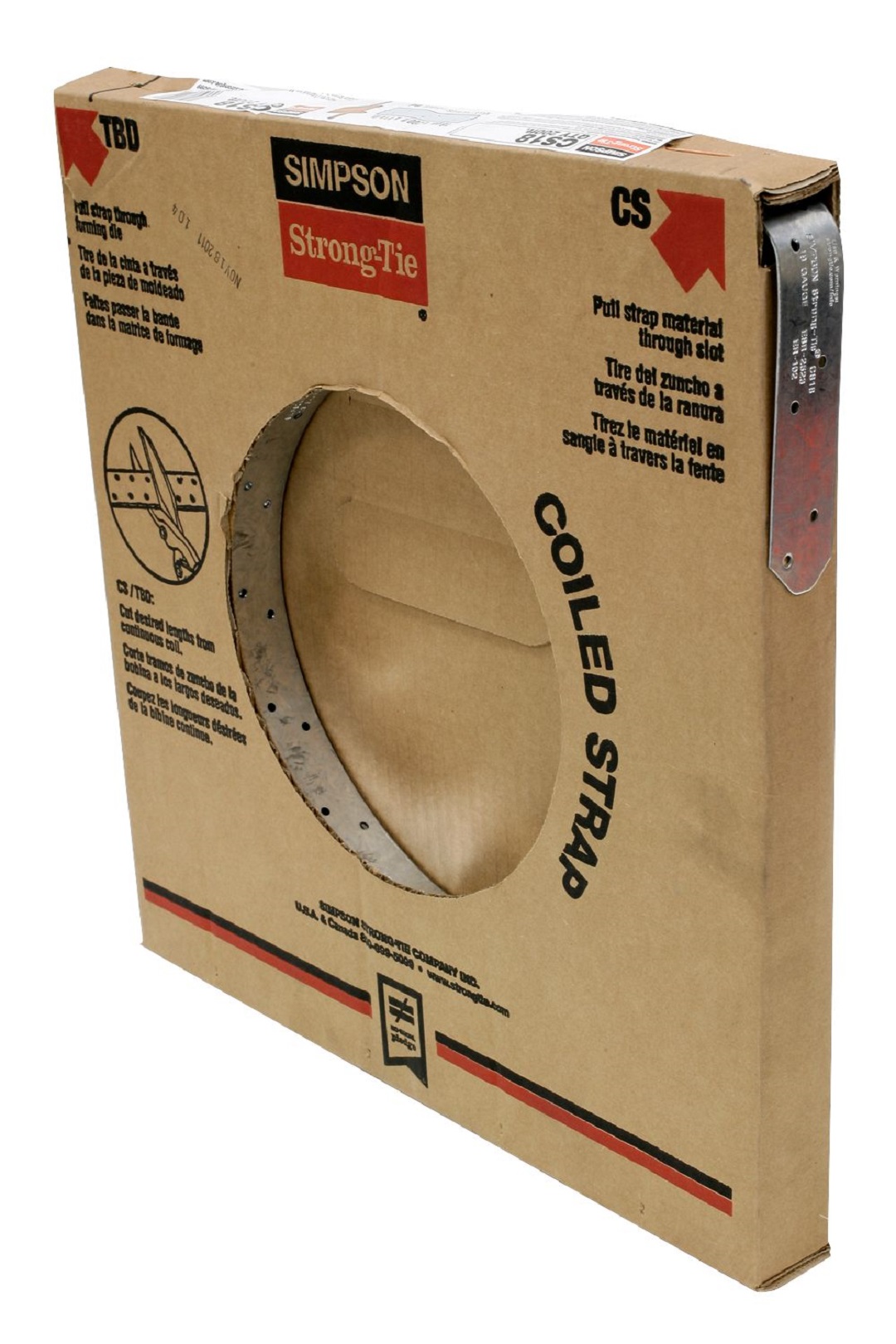
- Also on the discontinued list are the CSHP18 and CSHP20 high performance coil strap. They have been replaced by CS18 and CS22 coil strap.
- Finally, there is a minor error on our discontinued page of the catalog. It shows no replacement product for the CS16 in stainless steel. However, while there is no longer a CS16SS coiled strap with a length of 150 ft., it can be ordered in our CS16SS–R version, which comes in a length of 25 ft.
Here Are Some of the Bigger Changes to Our 2024 Catalog
We’ve added a helpful two-page illustration on pp.198–199 showing where on a mass timber building you would use different connectors.
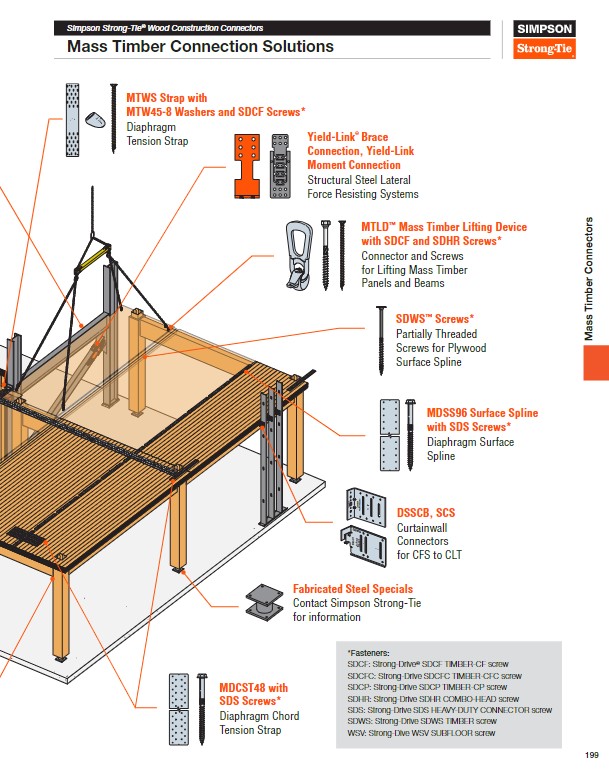
We made the decision to include more Mass Timber connectors in this catalog. Now, along with the CBH concealed beam hanger, we’ve added the ACBH and HSKP concealed hangers as discussed earlier in this article, and these connectors can be seen on pp. 150–155 of the catalog.
Software and web applications for helping designers choose the proper connectors have been made more prominent and identifiable thanks to larger graphics on various product pages throughout this catalog.
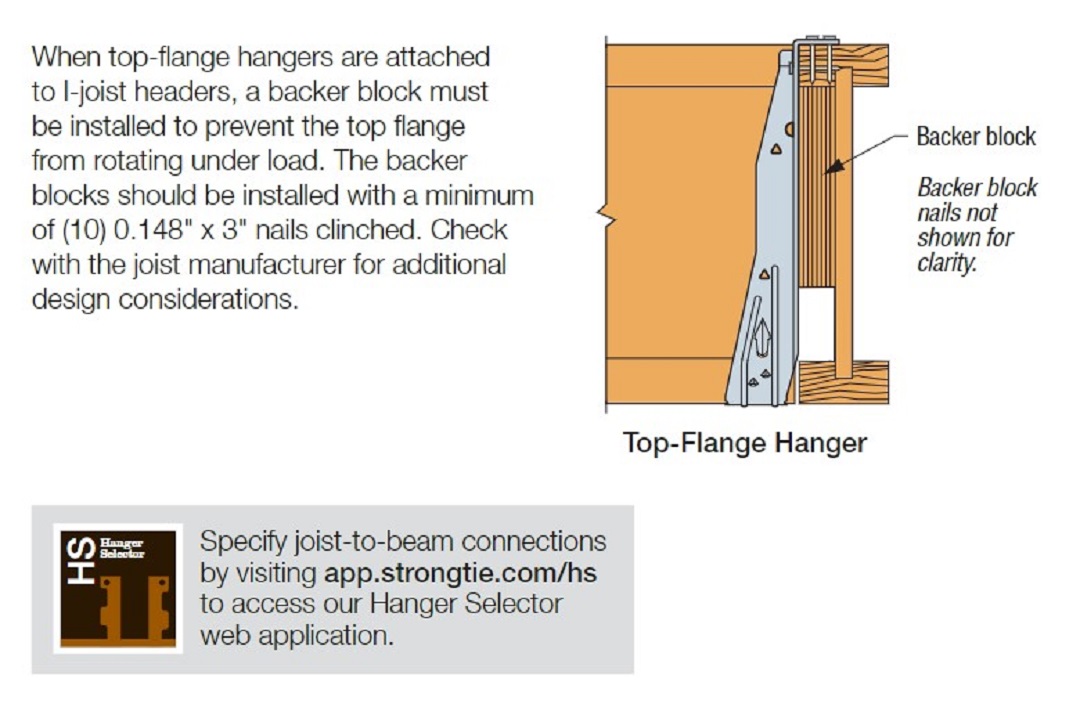
Whenever possible, if we can make the room in the catalog for information that has previously been shown in a technical bulletin, we do. For example, on p. 173 and p. 175, we pulled information from the technical bulletin T-C-NAILUPLFT. These pages now show uplift loads for ITS, MIT, HIT, BA, and HB hangers when they’re attached on nailers, showing values for I-joists both with and without web stiffeners.
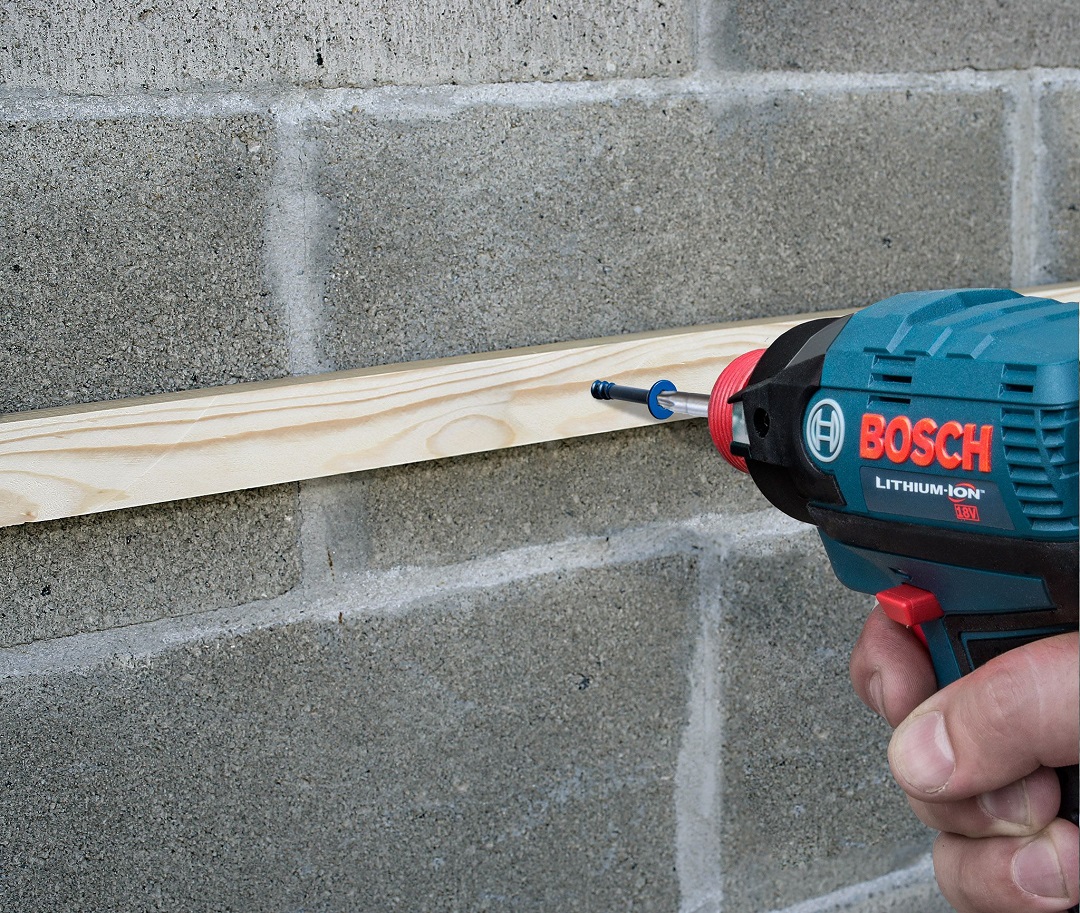
A test program was completed to update loads for HU and HUC hangers that are installed on grout-filled masonry or concrete walls using the new Titen Turbo™ screws where, in many cases, increased downloads were the result. Check out pp. 253–255 for more info.
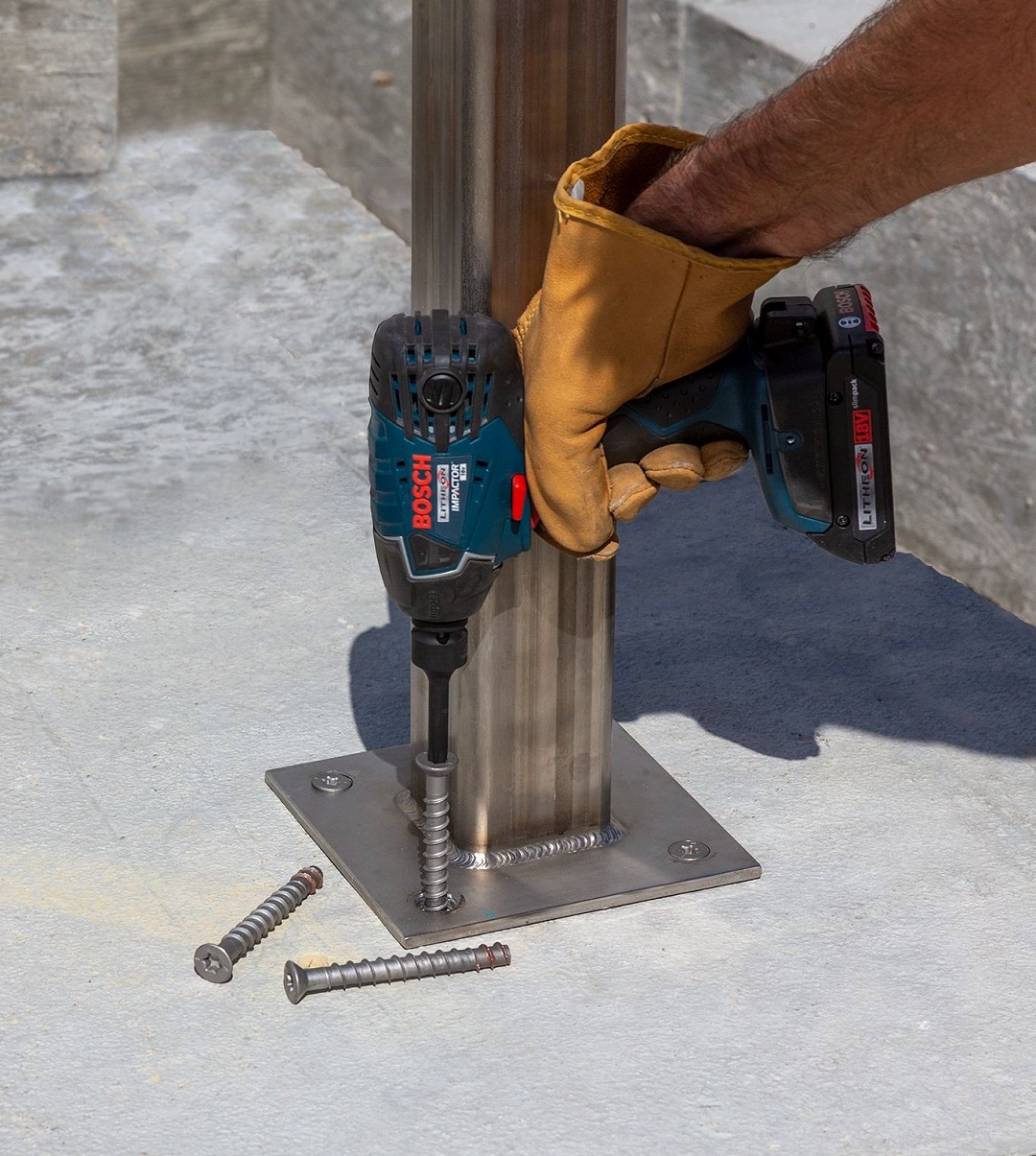
Now that the Titen® heavy-duty (THD™) screw anchor is available in stainless steel (as the THDSS), some masonry hangers that install with the THD are also available in stainless steel, providing solutions for the harshest environments. The THDSS has serrated carbon-steel threads brazed on the tip of the anchor to help undercut concrete. However, because these lead threads are considered sacrificial in corrosive environments, the THDSS must be an inch longer than the carbon-steel THD used with galvanized hangers. The specific models of THDSS are noted for the LGUM, HGUM and MBHU hangers in their respective load tables’ footnotes on pages 256–260.
Thank you for taking the time to read Parts I & II of this blog. Please download the full catalog PDF on our website. And if you want a printed catalog, please contact your local Simpson Strong-Tie representative.

Let us know your favorite new products or features in this catalog. We love to hear from our customers!.




